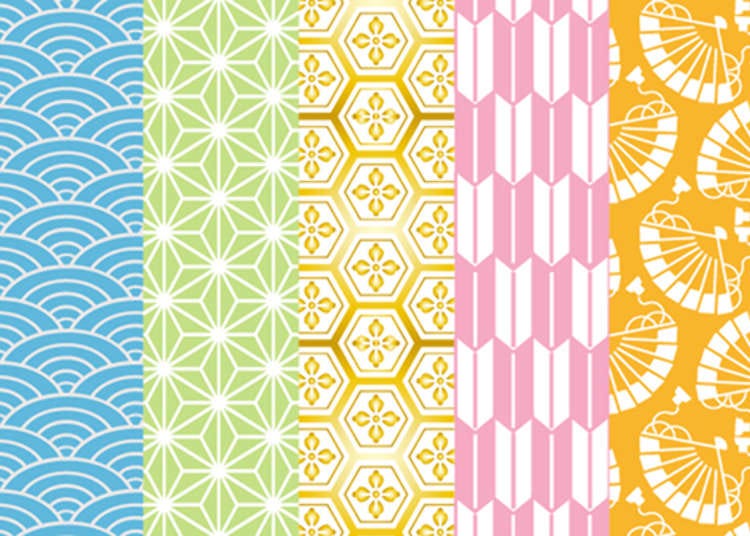
Did you know that Japan’s traditional designs, known as Wagara, are not just beautiful but also packed with meaning? These classic Japanese patterns are everywhere—from kimono to packaging—and they each carry a special significance. Let’s uncover the deeper meanings behind some popular Wagara patterns!
1. Wave Crest - Seigaiha
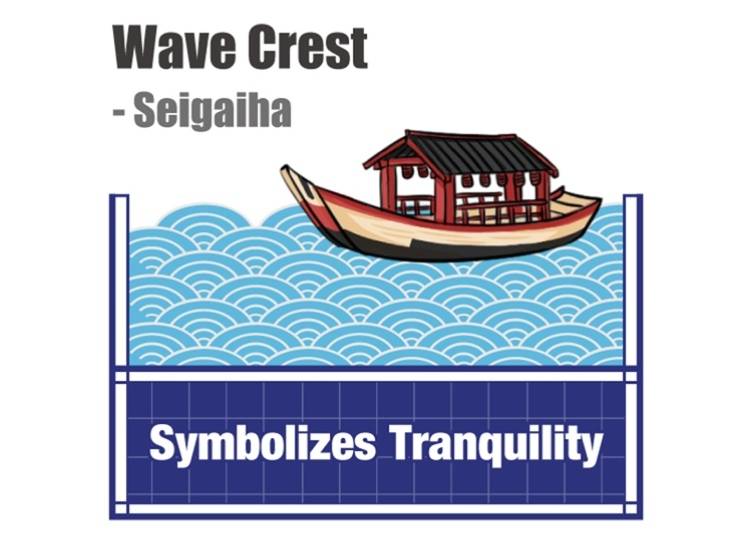
This fan-shaped pattern resembles gentle ocean waves, symbolizing a wish for peace and a calm, harmonious life. It’s a popular choice for items meant to bring serenity and positivity.
2. Hemp Leaf - Asanoha
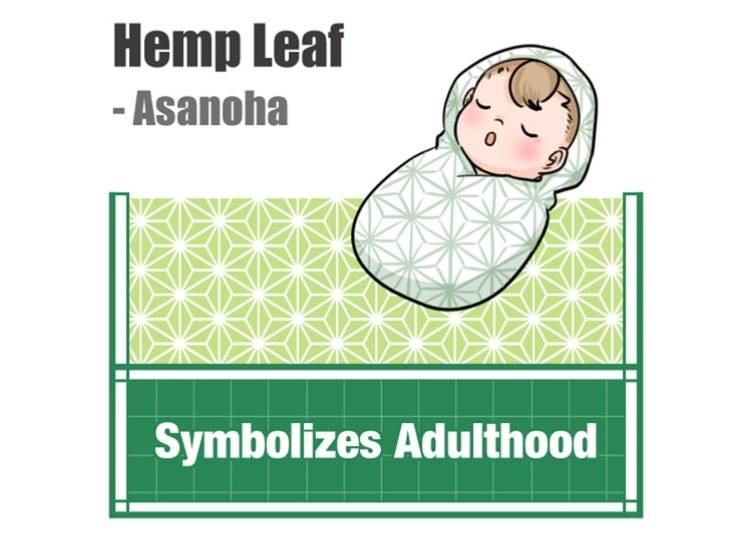
Shaped like hemp leaves, this pattern represents growth and resilience. It’s often associated with children’s health and well-being, as hemp is known for its durability and rapid growth.
3. Tortoise Shell - Kikkou

With a pattern that mimics tortoise shells, Kikkou symbolizes longevity. Since tortoises are considered a symbol of a long life in Japan, this design is a wish for health and endurance.
4. Fletching - Yagasuri
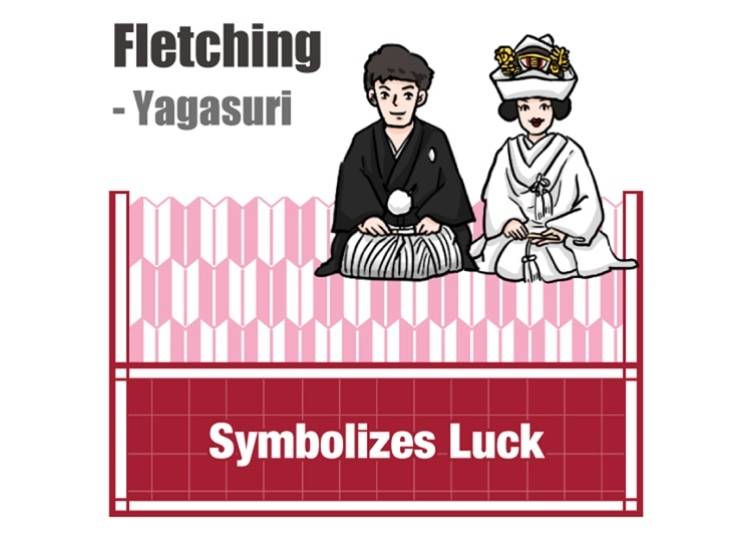
This pattern is inspired by the fletching (feathers) on arrows and is thought to bring good fortune, especially at weddings. In Japan, there’s a saying that once an arrow is fired, it doesn’t return, symbolizing commitment and forward momentum.
5. Folding Fan - Uchiwa
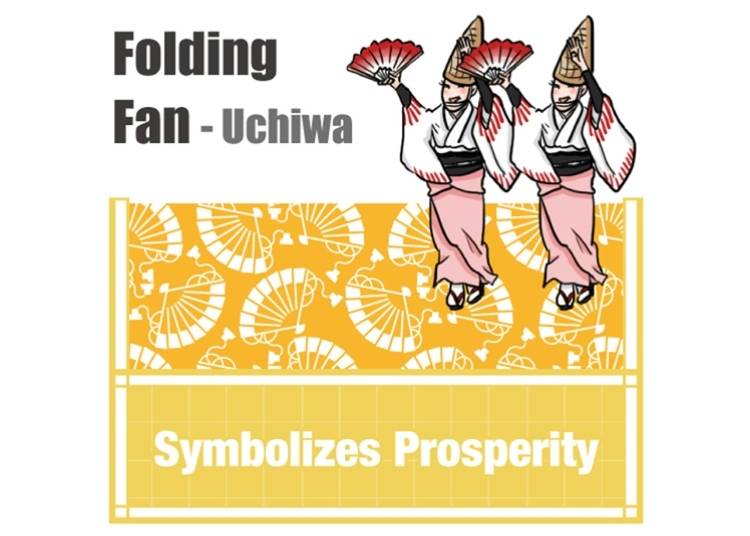
This design looks like an opened fan, which stands for growth, development, and prosperity. The pattern suggests that life, like a fan, can open up to wonderful new opportunities.
If you’re looking for a meaningful souvenir, consider a wrapping cloth or a towel featuring one of these traditional patterns—your friends will love learning about the symbolism behind it! Next time you’re in Japan, keep an eye out for these charming designs and see which Wagara pattern resonates with you!
Illustrations courtesy of Manga de Japan
*Prices and options mentioned are subject to change.
*Unless stated otherwise, all prices include tax.
Popular Tours & Activitiess
Recommended places for you
-

Jukuseiniku-to Namamottsuarera Nikubaru Italian Nikutaria Sannomiya
Izakaya
Kobe, Sannomiya, Kitano
-
Appealing

Rukku and Uohei
Izakaya
Sapporo / Chitose
-
Goods

Yoshida Gennojo-Roho Kyoto Buddhist Altars
Gift Shops
Nijo Castle, Kyoto Imperial Palace
-

Kambei Sannomiyahonten
Yakiniku
Kobe, Sannomiya, Kitano
-

ISHIDAYA Hanare
Yakiniku
Kobe, Sannomiya, Kitano
-

Kanzenkoshitsuyakinikutabehodai Gyugyu Paradise Sannomiya
Yakiniku
Kobe, Sannomiya, Kitano
-
Ad

(Opening in Jan 2026) 'THE SUMO LIVE RESTAURANT HIRAKUZA GINZA TOKYO!' 5 Exciting Ways to Experience the World of Sumo!
-

Tokyo City Pass Upgrade: Harry Potter Studio Tour & Top Sights up to 85% Off
by: Guest Contributor
-

[Extended Offer!](12% OFF KKday Coupon) Mt. Fuji Autumn Leaves, Powder Snow & More! 15 Best Tours to Experience Japan in Fall & Winter
-

The Best Japanese Food Representing 2025! 'Dish of the Year®' Annual Award Results Announced
-

How to Get Don Quijote's Exclusive 2025-2026 Winter Gift (+Tax-Free Savings)
-

Simply Oishii Wagashi School Discover Japanese Culture Through Wagashi: A Hands-On Experience!
by: Guest Contributor
-

What is a Goshuin? All About Traditional Japanese Shrine Seals (and why you'll be addicted to collecting them!)
by: Lucio Maurizi
-

5 Must-Visit Nara Temples and Shrines: Discover the Timeless Beauty of Japan's Ancient Capital
by: WESTPLAN
-

Dining in Kyoto: Best Restaurants for Kaiseki, Sushi, Cafes & More
-

Suit and Kimono: Japan’s Coming of Age Day (January 9)
-

This Awesome Tokyo Experience Will Make You Fall in Love with Japanese Music
by: David McElhinney
-

Geisha in Kyoto Struggle to Protect Traditions in Face of Coronavirus
by: Cassandra Lord
- #best sushi japan
- #what to do in odaiba
- #what to bring to japan
- #new years in tokyo
- #best ramen japan
- #what to buy in ameyoko
- #japanese nail trends
- #things to do japan
- #onsen tattoo friendly tokyo
- #daiso
- #best coffee japan
- #best japanese soft drinks
- #best yakiniku japan
- #japanese fashion culture
- #japanese convenience store snacks












